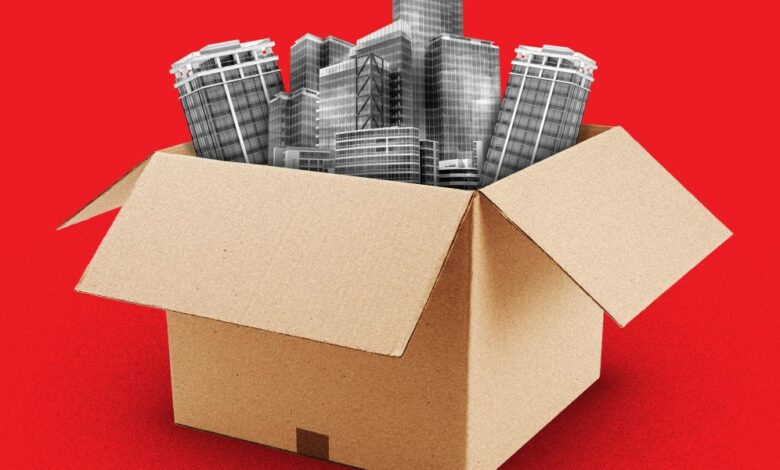Commercial real estate: at least 30% of office buildings ‘basically worth nothing,’ analyst says


The demolition phase is coming.
As remote work keeps employees out of the office and vacancy rates sit at all-time highs, commercial property owners are desperately trying to avoid default: by upgrading their spaces to attract new tenants, converting their space into apartments or simply offloading their assets. One longtime industry professional doesn’t think that will be enough.
As the market evolves, says Fred Cordova, of Santa Monica-based Corion Enterprises, there won’t be room for everyone—and about a third of office buildings are endangered species.
“There will be a bifurcation…The product in a good location with a good, safe environment will recover. And then you’ve got another group that will somehow hang in there and get reset in pricing,” said Cordova, who is CEO of the real estate consultancy. “And then you have the others that are basically worth nothing—the D class. Those just have to be torn down. That’s probably at least 30% of all offices in the country.”
Residential conversion is the much touted solution. And optimists have suggested that federal aid in the form of subsidies to assist with converting offices to apartments could offer some aid to developers suffering from the precipitous drop in demand for office space—but it likely won’t be enough to stop a significant chunk of the commercial market from collapsing, both figuratively and literally.
Record-high office vacancy rates are threatening to send major cities into an “urban doom loop,” where falling property values shrink a city’s tax base, cutting off funding for essential public services that only drag property valued down further. Columbia Business School professor Stijn Van Nieuwerburgh, who’s been dubbed the “prophet of urban doom” for his research on the topic, told Fortune that we’re close to the “event horizon” of that vicious public-finance circle.
There could be a partial escape route, though. Experts say that clever public policy could help lay the path for a way out that doesn’t involve a doom loop. In New York City and elsewhere, residents are facing a surplus of office space alongside a severe shortage of housing. Simply converting square footage from commercial to residential sounds like a simple fix—but the government would need to play a part for it to take off.
“At the end of the day, I think the problem is that we have too much office relative to our future needs, and a lot of places have too little housing. So I think one way or another, we’re going to have to turn some of that office space into apartments,” said Van Nieuwerburgh. “That might have to partially happen through demolition. But it would be nice if we could have at least some of it through conversion. It’s sort of the environmentally friendly way to go.”
Converting offices into apartments can be prohibitively expensive. Zoning codes mandating natural light and fresh air make it tricky to adapt large, open-concept office floor plans into apartments that are up to code. Many buildings put up during the construction boom of the 1950s and 60s simply aren’t capable of being converted into housing. And skyrocketing construction costs are squeezing margins for would-be developers, meaning that simply tearing an office building down and replacing it with brand-new apartments is actually often the cheaper option, said Cordova.
“[We used to be involved with] conversions that cost $75 to $150 a foot. Now, the market rate is $350. For high-end luxury, it’s $450. The economic model is very challenging for conversion,” said Cordova. “The way to do it is for governments to provide subsidies for conversion…the government needs to provide about a 20% cost subsidy.”
Those efforts are already underway: the Biden administration earmarked $35 billion in below-market-rate loans to help developers with these types of conversions last fall, and NYC Mayor Eric Adams greenlit a policy to relax conversion eligibility rules last fall. If states and municipalities start pushing their own programs, it could make the bottom line worth it for developers. But even with juicy incentives, Cordova predicts that almost ⅓ of all commercial buildings simply won’t make it through a downturn in office demand, a trend he calls “the great reset.”
“Evolutionary change doesn’t happen slowly—it happens when it happens. It’s not the strongest that survives, it’s the most adaptable that survives,” said Cordova.
Source link




